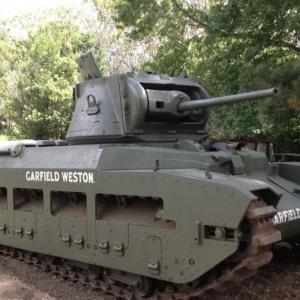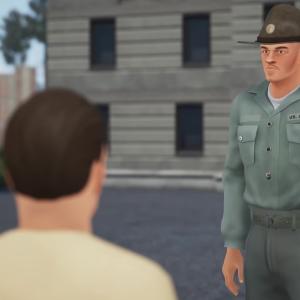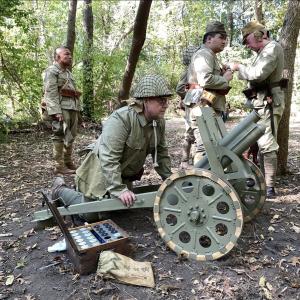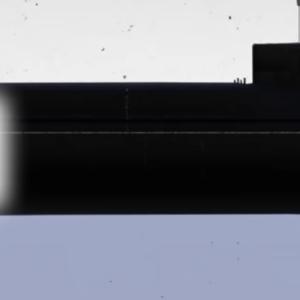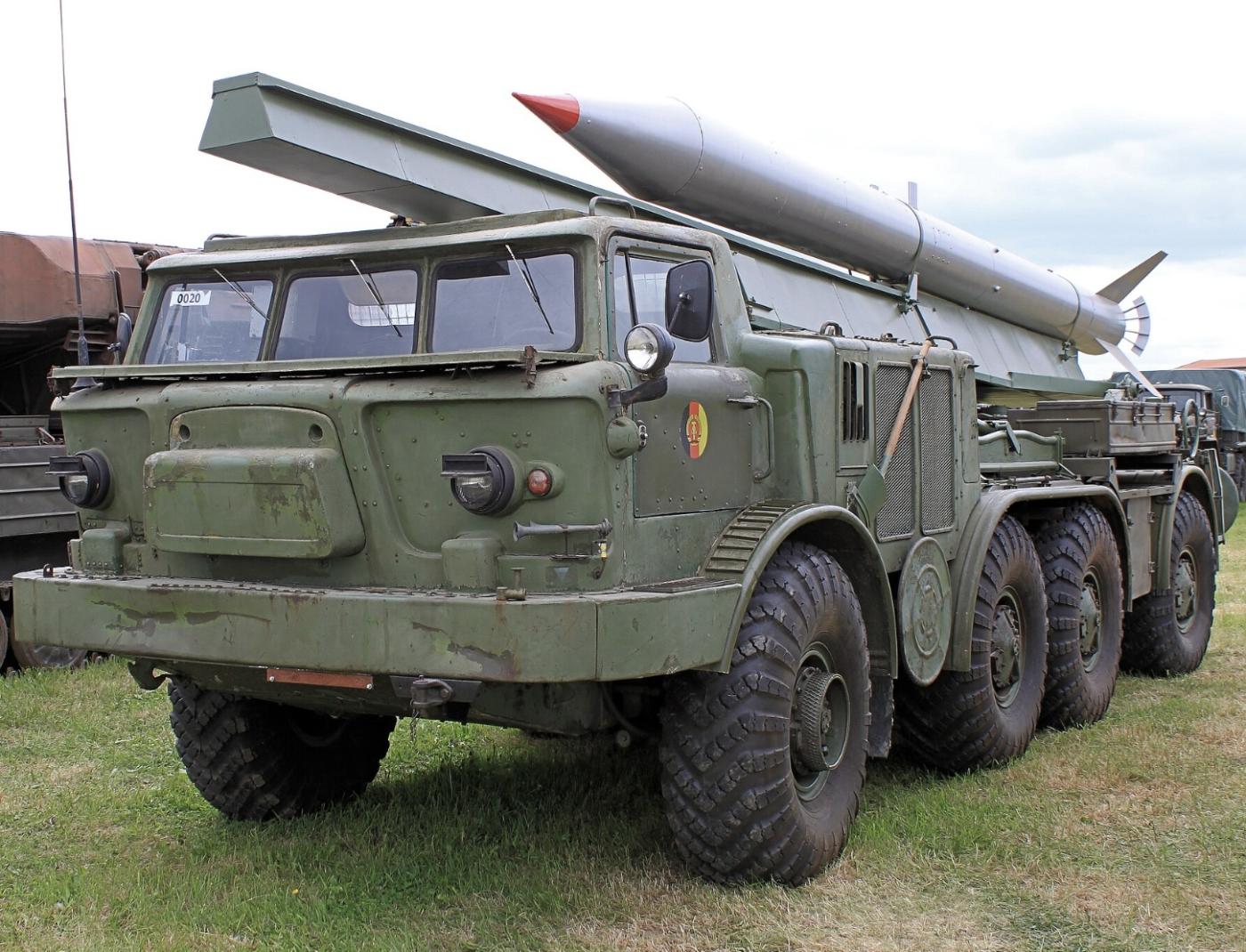
Zil 135LM
The ZIL-135LM is a distinctive eight-wheeled military truck developed by the Soviet Union during the Cold War, primarily used as a mobile launcher for tactical and battlefield rocket systems. It was originally designed at the Likhachyov Automobile Plant, commonly known as ZiL, and production was later taken over by the Bryansk Automobile Plant. The vehicle was intended to provide a mobile, reliable platform for a range of rocket artillery systems, particularly in environments where terrain made traditional vehicles impractical.
What set the ZIL-135LM apart was its twin-engine design. It used two V8 gasoline engines, each powering one side of the vehicle. This unusual configuration offered redundancy and gave it superior off-road performance, allowing it to operate effectively across rough terrain and through various climate conditions. Its top speed on paved roads was around 65 kilometers per hour, and it had an operational range of up to 500 kilometers depending on payload and road conditions.
The chassis served as the foundation for several rocket artillery systems. One of its most notable roles was carrying the 9K52 Luna-M system, better known in NATO circles as the Frog-7. This was a short-range, unguided artillery rocket system capable of delivering conventional or chemical warheads. The ZIL-135LM also formed the basis for the BM-27 Uragan, a 220mm multiple rocket launcher system that carried 16 tubes capable of launching a wide range of munitions, including high-explosive, cluster, and chemical warheads. The Uragan’s rockets had a maximum range of about 35 kilometers, and its firing system could unleash a full salvo in just 20 seconds.
Crew requirements varied depending on the specific system it carried. In general, a crew of six to seven was needed to operate and reload the system. The vehicle could be deployed into firing position or moved out within a few minutes, giving it strong tactical flexibility. Its design also included central tire inflation and advanced suspension systems that enhanced its ability to traverse difficult terrain without support.
In terms of production, thousands of ZIL-135LM units and their variants were manufactured from the early 1960s through the 1980s. Many were exported to Soviet allies and client states, making them a familiar sight in various military inventories around the world. Countries such as North Korea, Iraq, Syria, and several Eastern European nations adopted the system, often modifying it for local use or developing their own derivatives based on the chassis.
While the ZIL-135LM itself is a transport platform and not a weapon per se, the rocket systems it carried have been used in multiple conflicts over the decades. Systems like the Frog-7 and Uragan saw action in wars in the Middle East, Africa, and Central Asia. The rockets launched from this platform were known for their devastating saturation capability, though their accuracy was limited due to the unguided nature of the munitions.

